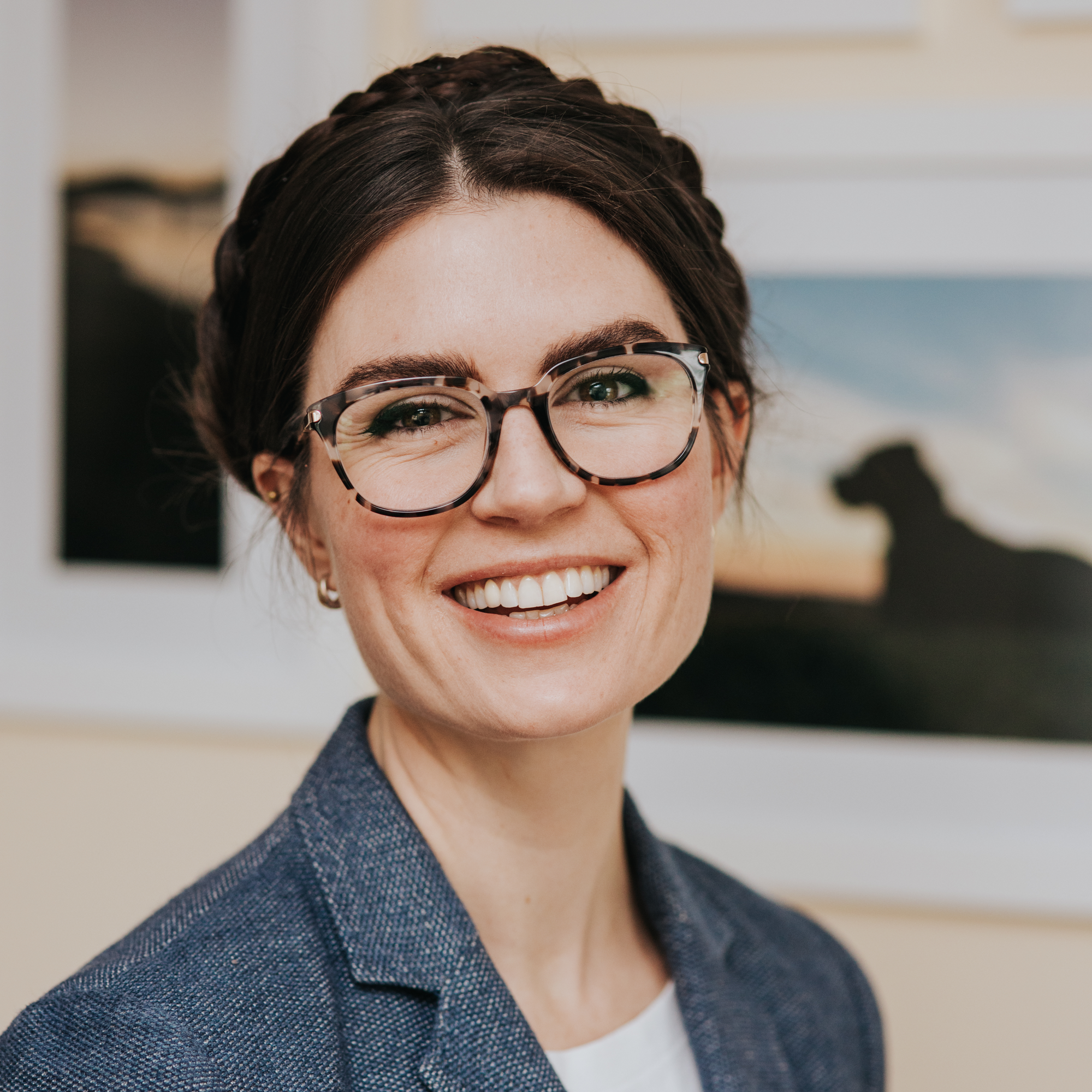- October 10, 2023
- City Administration
“No one really pays attention to procurement, even though it’s a key part of city strategy.” Leah Tivoli is used to paying attention to things that others might overlook. As the city of Seattle’s Director of Innovation and Performance, Tivoli and her colleagues like to focus on raising all boats, both in and out of government, by improving government processes to deliver better services. Over the past few years, the COVID-19 pandemic pushed procurement into the spotlight as the public and government focused on purchasing urgently needed masks, vaccines, and protective equipment. But that increased focus didn’t translate into momentum for reforming the underlying functions and processes of procurement. As things returned to normal, the Seattle team took a step back and realized there were many big picture aspects of procurement that could be optimized.
The Government Performance Lab (GPL) at the Harvard Kennedy School has worked with cities, counties, and states across the country on procurement reform, including launching the Procurement Excellence Network, a free online community for public procurement professionals and embedding fellows directly with governments to help make-over procurement systems. So, when the city of Seattle had an opportunity to work with the GPL to revamp the city’s procurement process in July 2022, Tivoli and her colleagues from the Department of Finance and Administrative Services (FAS) that run procurement for the city were on board immediately. As part of this collaboration, Neil Maheshwari was placed in the city as a GPL Government Innovation Fellow to drive and support this work, supported by Assistant Director Rebecca Graffy.
The project started by assessing Seattle’s current procurement system. The team found that the city had a maze of manual and disjointed processes that made it hard for potential contractors to engage with the city, and also strained the employees tasked with navigating them. “It’s been so go-go-go and we didn’t have the tools to even see what was there,” said Julie Salinas, one of Seattle’s procurement strategic advisors. An overhaul was needed, and the Seattle team decided to go back to basics and focus on the overall process.
Going Back to Basics: Using Data and Dashboards to Save Time
To start, the team focused on understanding the overall picture to identify inefficiencies. This required pulling together data d to understand how well – or not – the procurement system was functioning and where those issues were. They then developed a dashboard to visualize and track these issues.
The city’s purchasing team is now able to see all requests for new contracts that have been received in a single place, to analyze workload across buyers, and to address issues early when a procurement is delayed. This approach allows staff to self-assign work based on their awareness of their own workload, which has saved over 40 hours of management time in the first six months of use.
Making Forms Easy to Use
Another way that the Seattle team went back to basics was to review the city’s templates for requests for proposals (RFPs) and bids. According to Krista Díaz, the deputy division director for FAS’ Purchasing and Contracting division, the templates were long — some more than 30 pages — visually overwhelming and confusingly written. While both city staff and vendors had long been frustrated by these templates, being in survival mode meant that efforts to improve them were always on the back burner. Now the team could finally focus on these efforts, including holding office hours at local economic mobility nonprofit Tabor 100 to get feedback from diverse, local vendors on the biggest opportunities to improve the process.
Help Employees Work Better
The COVID pandemic created a high-stress environment for the procurement team. Seattle had a massive staffing shortage during the early months of the pandemic, something that many cities struggled with — and continue to endure. According to Díaz, they did all the back-end work procuring vaccinations, gloves, masks, and other personal protective equipment. Doing this work was even harder with a team that was understaffed. As everyone's attention went to priority procurements, focus was diverted from things like managing and improving operations. Now that they’re past crisis mode, they can address the existing cracks that the pandemic exposed and provide much-needed support for their employees.
Jenn Brandon, the former project lead for the city of Seattle’s Innovation and Performance team, reported that Seattle “has a good culture of surveying, asking folks what works and what doesn’t.” Applying this treatment to both vendors and internal employees, the city administration can pull together all this information to develop a working group of stakeholders to shape and align that knowledge, then apply their collective efforts to “actually move the needle on the big picture.”
This effort is also improving the relationship between internal employees and external stakeholders. According to the Seattle team, city staff, especially those who have historically championed work to increase vendor diversity, are also excited about these improvements. “A lot of people are ready and happy to be involved,” said Tivoli, “People can see how pieces of this project are aligned with what we’re trying to do.”
Long-Term Impacts
At the root of Seattle’s challenge is a complex patchwork of manual processes that span email, excel lists, and over 140 different forms that have been developed over time without the opportunity to look back and harmonize. This complexity can be a barrier to prospective vendors and can cause delays in getting essential goods and services. Overcoming this challenge has led to the development of a “no wrong door” philosophy, a term coined by Díaz. This means that no matter where or how a potential contractor or vendor engages with the city, they can easily be directed down the right track.
Eventually, the “no wrong door” policy will mean that, in “three minutes or less,” a city employee can tell a potential vendor how to start the process and explain the different pathways to engage with the city. Tivoli hopes that this back-to-basics work will pay off in greater economic opportunities for small women- and minority-owned business enterprises (WMBEs). Salinas echoed this sentiment, including that she’s happy that better organization and employee support means “no more Excel sheets!”
And while Seattle is considered a top tech city, Díaz acknowledged that they came to procurement technology late and didn’t digitize procurement processes until now. While the changes feel obvious, like the e-procurement system, there was still a lot of work that needed to be done to get to this stage. Salinas is grateful that this is allowing them to think about, and view, the bigger picture and more quickly identify inefficiencies that can be addressed or helped with technology. Specifically, sorting the data and developing the dashboard means they can focus on the more meaningful and thoughtful aspects of the work, such as managing contracts towards impact.
Thanks to help from the GPL, the team could step back and think critically, and holistically, about goods and services – accomplishing the basics well, while also building new strategic capacities. City officials knew there was an appetite for innovation and new ideas on the purchasing and contracting team, but the grind of the previous system didn’t allow much space for creativity. By going back to the basics, Seattle can now move forward working smarter.





